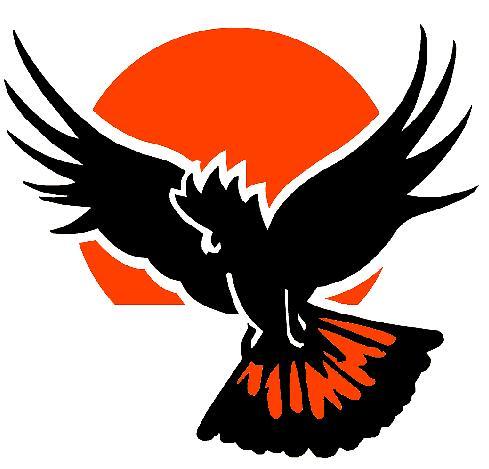Help our Red-tails
Fence off existing stands of Stringybark and Buloke and scattered paddock trees on your property, to protect from stock damage and to allow for natural regeneration.
Incentives for nests
Incentive payments are again being offered to landholders and members of the public for the discovery of new nests sites as part of the Red-tail Nest Incentive Scheme.
Join the count
Although we can’t guarantee you’ll see a Red-tail on the day, we’re sure you’ll enjoy a fun day out in the bush searching for our colourful cockatoos.
Welcome
Join us for the 2017 Annual Cocky Count
 Mike Sverns
Mike SvernsThe Recovery Team and BirdLife Australia are seeking volunteers to assist with the 2017 annual count for Red-tails, which will be held on Saturday 6 May.
2017 marks the 21st year of counting cockies and the Recovery Team is keen to see a good turnout of volunteers to help locate as many flocks as possible across the cockatoo’s range in the South-east of South Australia and South-west Victoria.
Participating is easy – all you need is a survey partner/friend or group, binoculars, a love of the outdoors, a day to give and a vehicle; preferably 4WD. Volunteer groups will cover their allocated site, stopping their vehicle regularly to listen out for the distinctive call of Red-tails.
Volunteers need no prior experience with surveying for birds, but are required to become familiar with what Red-tails look and sound like, as they can often be mistaken for the more common Yellow-tailed Black-Cockatoo. To hear the difference between a Red-tail and a Yellow-tail please visit our website www.redtail.com.au.
Sites are scattered from Nelson to Little Desert National Park in Victoria and from Mount Gambier to Keith in South Australia. Landholders who have remnant stringybark are also encouraged to search their own property on the day. You can request a particular area to search when you register or nominate to search your own property. Many favoured Red-tail spots are on private land and therefore inaccessible to our counters so reports from landholders are very valuable.
Why do we count? The most important reason for conducting the annual count is to identify large flocks for subsequent counting (to determine the proportion of males and females/juveniles) as part of our annual flock counts. Flock counts are undertaken each year to gain an indication of breeding success in previous seasons.
The annual count also allows us to better understand how the Red-tails use their habitat and build community knowledge and capacity to become involved in recovery efforts.
For those who haven’t participated or would like some more tips on searching for Red-tails and training session will be held on the morning of the count in Casterton. Volunteers will learn what Red-tails look and sound like, what their feeding signs look like and how to identify potential stringybark habitat to search.
Following the count, volunteers are encouraged to attend the annual Bailey’s Rocks BBQ and Campout. This is very informal; bring your own food, drink and camping gear.
To register your interest, to report a sighting or to find out more information please contact Kerry Gilkes on freecall 1800 262 062 or via email redtail@birdlife.org.au.
Registrations are taken up to two weeks prior to the count; however we highly recommend registering well before the deadline to secure your preferred search area. A package of survey instructions and a map will be sent out to registered volunteers in the fortnight leading up to the count.
The Recovery Team looks forward to hearing from both returning and new participants and hopes for another successful year of cocky counting. Although we can’t guarantee you’ll see a Red-tail on the day, we’re sure you’ll enjoy a fun day out in the bush in hot pursuit.
Redtail News
-
BirdLife Australia and the Recovery Team are once again looking for volunteers to assist with the 2024 annual count for the nationally endangered South-eastern Red-tailed Black-Cockatoo.
This year the count will be held on Saturday 4 May across the cockatoo’s range in the South East of South Australia and South-west Victoria.
More%20edit.jpg)
-
Feb 14, 2014
Latest Video
.png)







